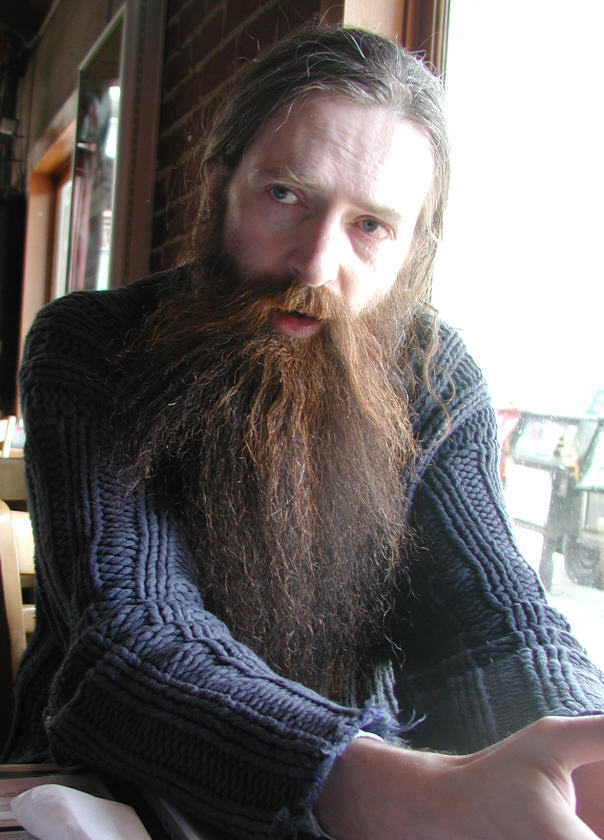 |
| Unfortunately, this is not an option |
A quick internet search for "telomerase drugs" gives you a stunning number of results for drugs that claim to slow, or in some cases completely reverse the telomere shortening process, such as this bottle of "Telomere Guard" which can be yours for only £56 pounds every five months.
I cannot stress enough how much of a con these things are. For a start, none of the results they claim on have actually been confirmed by any independent body. Anti-ageing medicines are currently classified as "cosmetics" meaning they require a much less strict screening policy. Secondly, they refer to the drug being able to "upregulate telomerase" without mentioning the potential cancer risks this brings. Basically, telomerase as a supplement might not be there just yet.
 |
| So no buying anything that claims to be the fountain of youth |
Having said that, a recent patent application describes a method of delivery for telomerase to cells via a "biodegradable nanoparticle", which as far as I can tell means a very, very small pill. This nanoparticle can be taken orally, or intravenously, or even topically (I think). Whilst this specific patent refers to using telomeres to tackle the ageing effects of Alzheimer's and other specific diseases, it shows that in the future, it may be possible to actually have an anti-ageing pill.
There is one last hope that would mean instead of taking a pill every day/week/year, your cells could just do it themselves. Gene therapy (or cell therapy) is a way of altering the DNA of your cells in order to change the way your body functions. It's not in wide spread use yet, but it presents potential cures for some of the most serious genetic diseases around, like cystic fibrosis, or Huntington's Disease.
As you might imagine it's not a particularly easy process, but by using a specially modified virus, it is possible to activate previously dormant sections of DNA in the cells. In the case of telomerase, people have suggested activating the genes in our cells that produce telomerase so that they simple produce more of the stuff, keeping our telomeres extended for longer.
There is always the concerns of cancer when talking of using telomeres, but there is actually a model of this in the animal kingdom already. It turns out lobsters have an incredibly high concentration of telomerase in their bodies, which means that they can hypothetically live forever. Just imagine. At the bottom of the ocean, there could be lobsters the size of buses.
So, telomerase it does the job well enough, it's just a matter of getting it to the cells. Whilst the "telomerase pill" might not be available yet (no matter what the snake oil salesmen might tell you) it may one day become a reality. There's also the option of getting our cells to produce the stuff, which would provide us with all the telomerase we need.
We have to be careful though. Don't want to end up with a bunch of mutant lobster-men on our hands.
 |
| Case in point |



